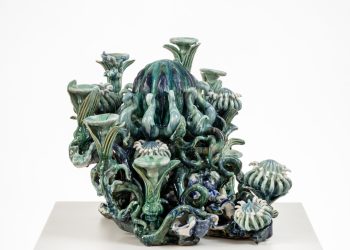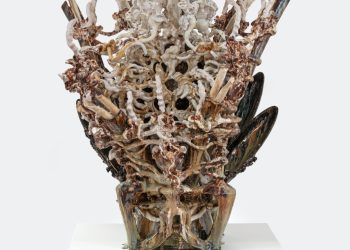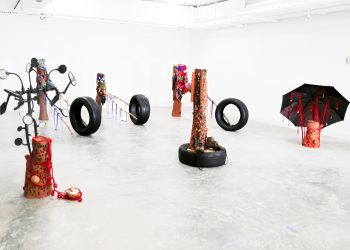Nina Gerada: Selected works, 2018-2022
Nina Gerada merges figurative and architectural motifs, exploring the interconnectedness between buildings, communities and people. Having left her homeland in her teens, Gerada’s work combines memory with elements of language to examine the postcolonial and migrant experience.
Gerada is drawn to repetitive processes and pattern finding with a tendency to make connections across varied scales. Her process involves carving and tearing clay, exposing fault lines, embedding it with the imprints of tools and often combining it with raw, rusty metals. Working in multiples, she reconfigures the separate elements to create patterns, searching for balance and movement. Reminiscent of maps, empty swimming pools and archaeological digs of ancient cities; her pieces reference bricks, blueprints and typeset printing blocks. More recent works are intentionally cracked in the kiln, symbolic of weathered buildings and ageing skin. They allude to an acceptance of imperfection, unpredictability and change.
References to the rock formations and carved spaces of her homeland, Malta, appear in Gerada’s work. The island’s Neolithic statues, temples and artefacts are an inspiration, through which Gerada explores her experience as a migrant and a mother. The Siluwetta pieces resemble interconnected circular spaces as well as silhouettes of women. Here, courtyards, rooms and tombs are wombs, breasts, and vulvas. Totemic symbols intertwining notions of women as life giving vessels, of mothering and the psychological theories of containment, the impulse to be embedded in the rock, and a yearning for community and connectedness.
Nollini, 2019-2022
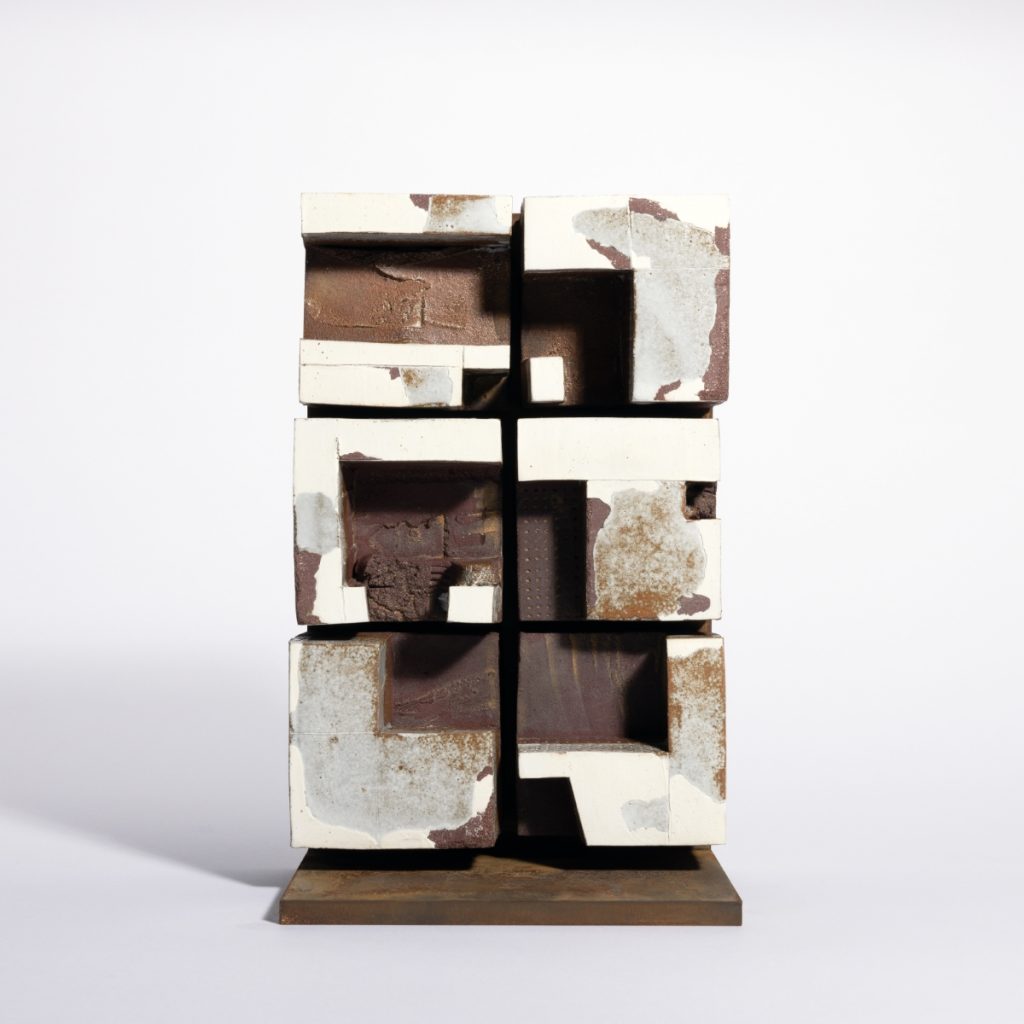
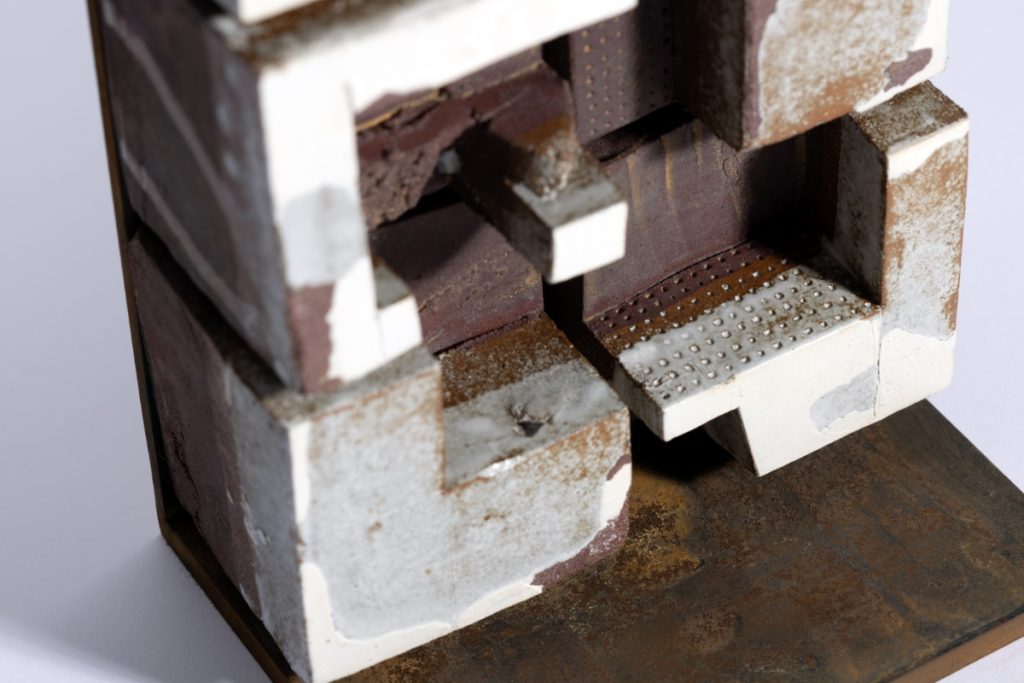
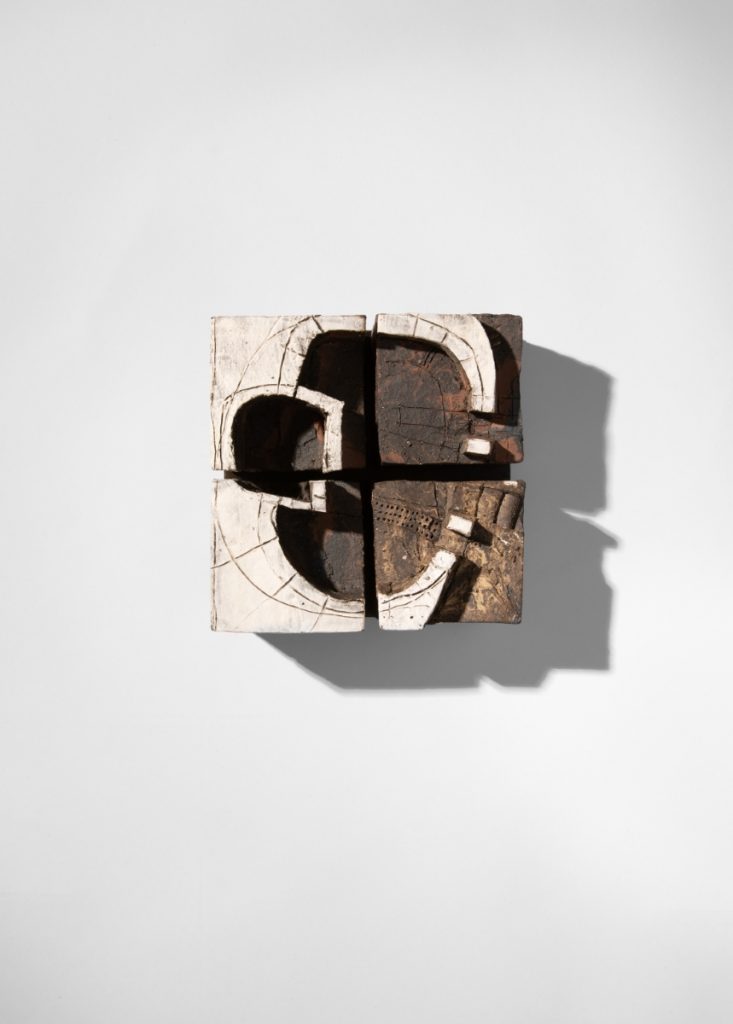
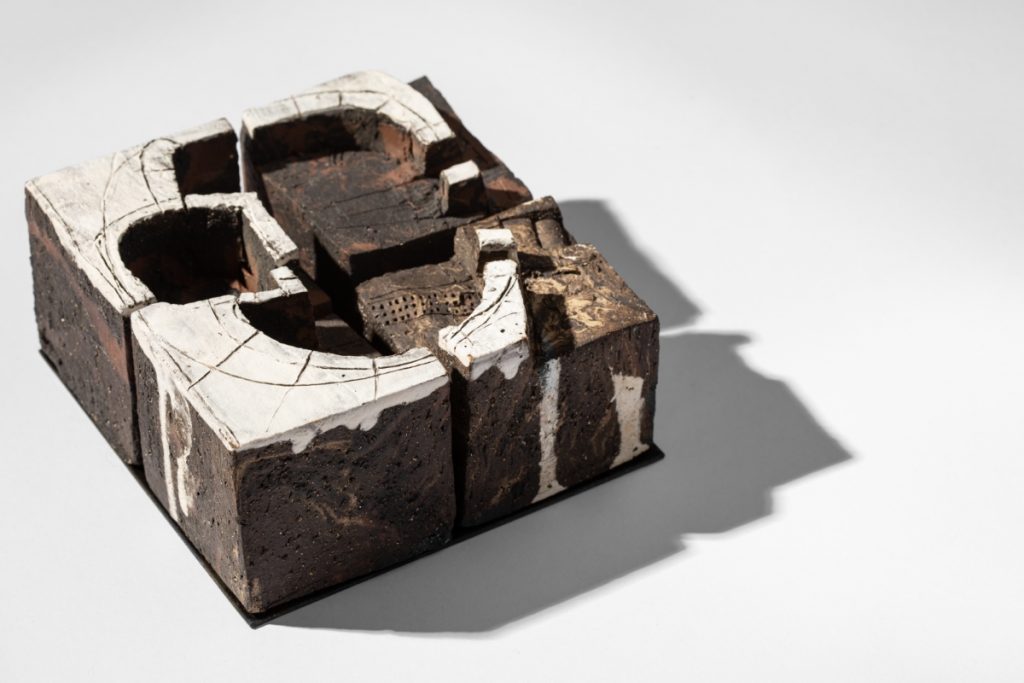
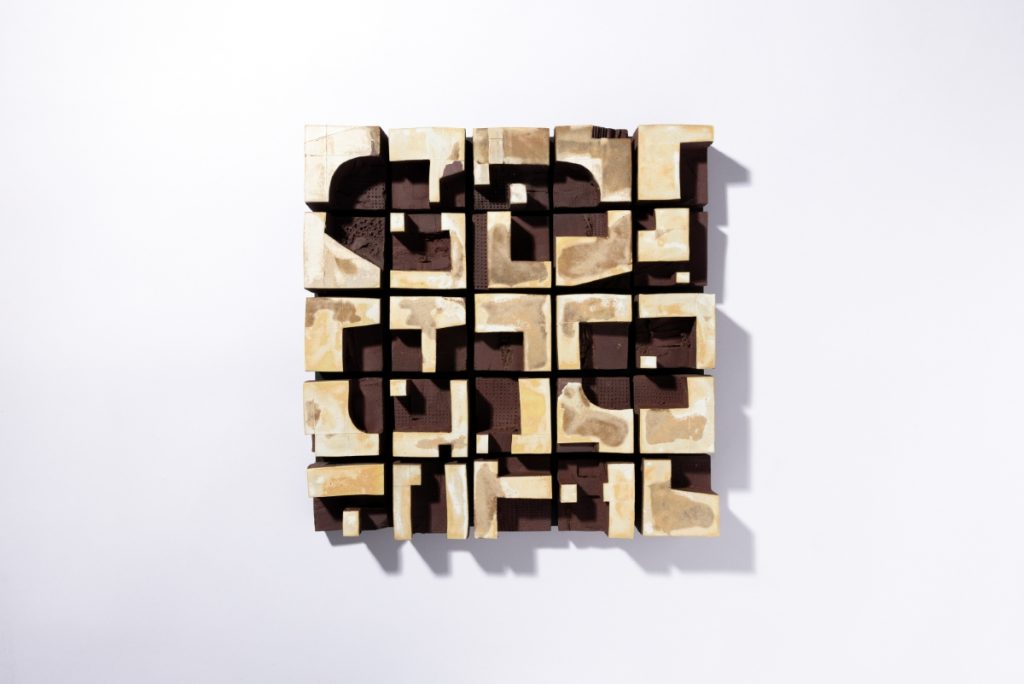
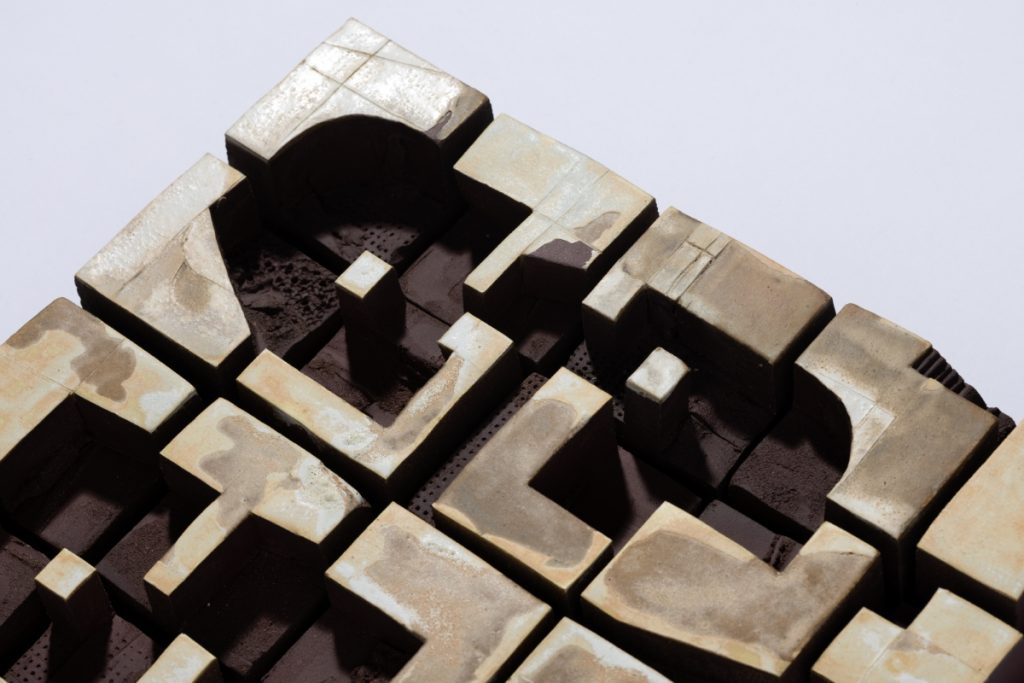
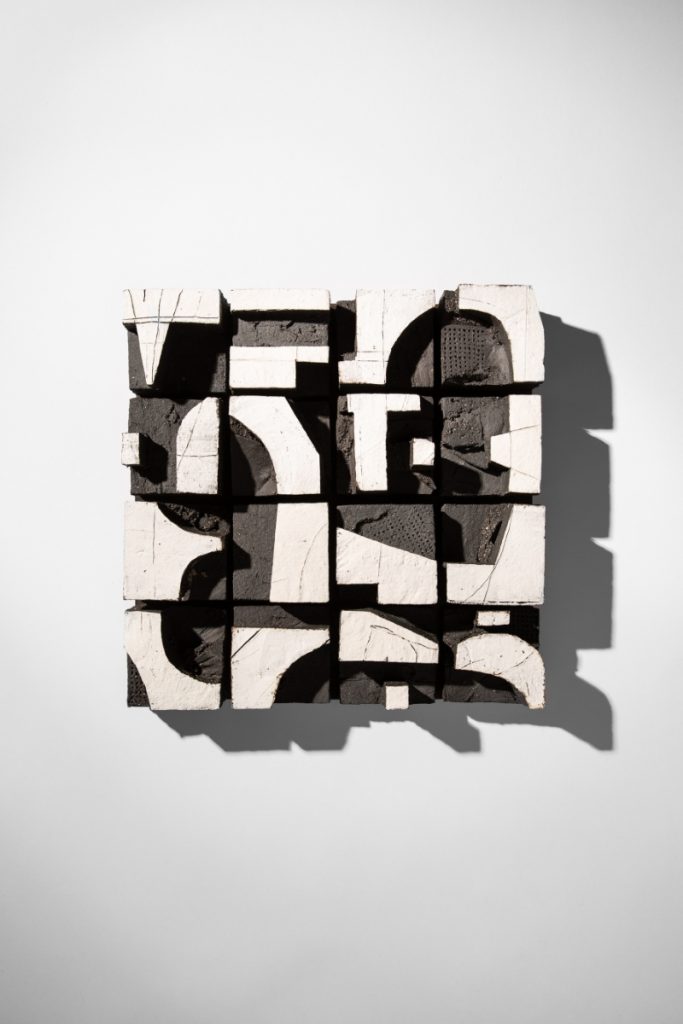
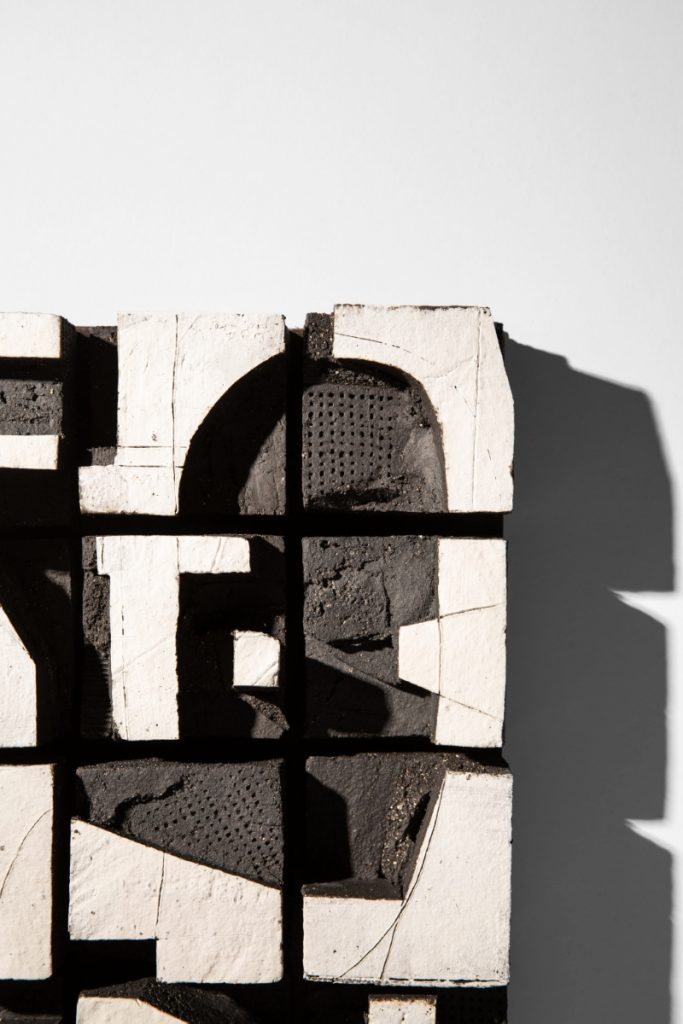
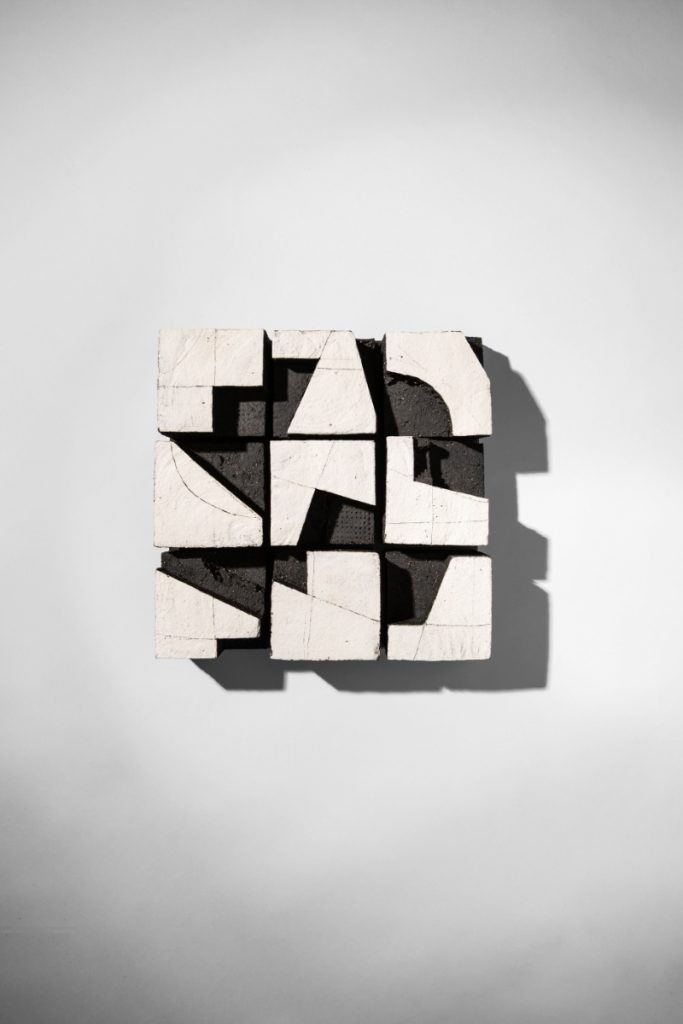
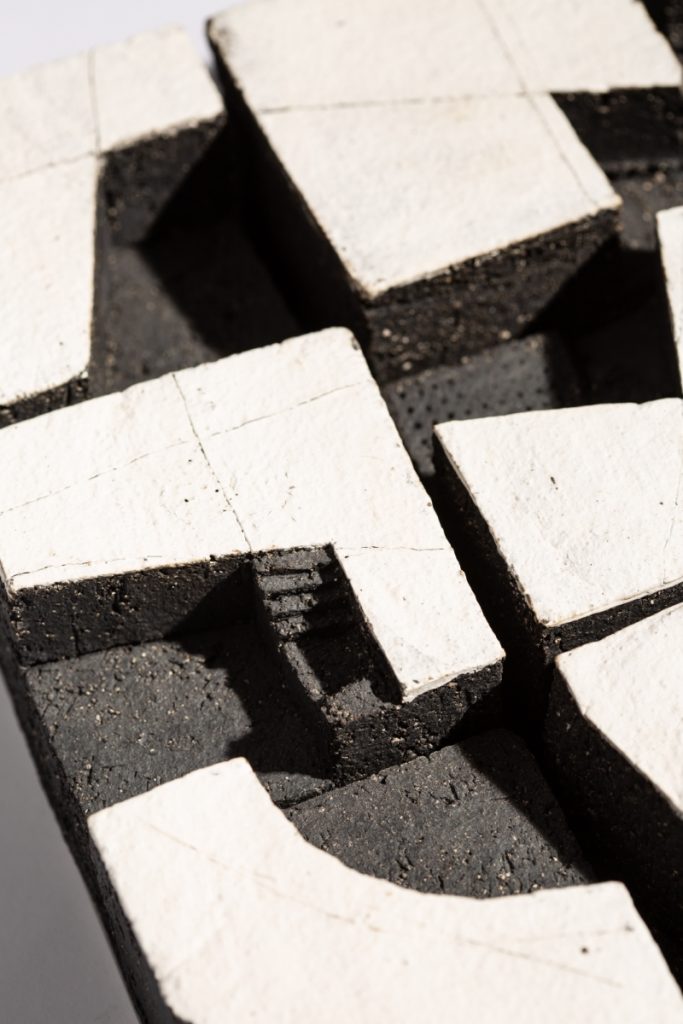
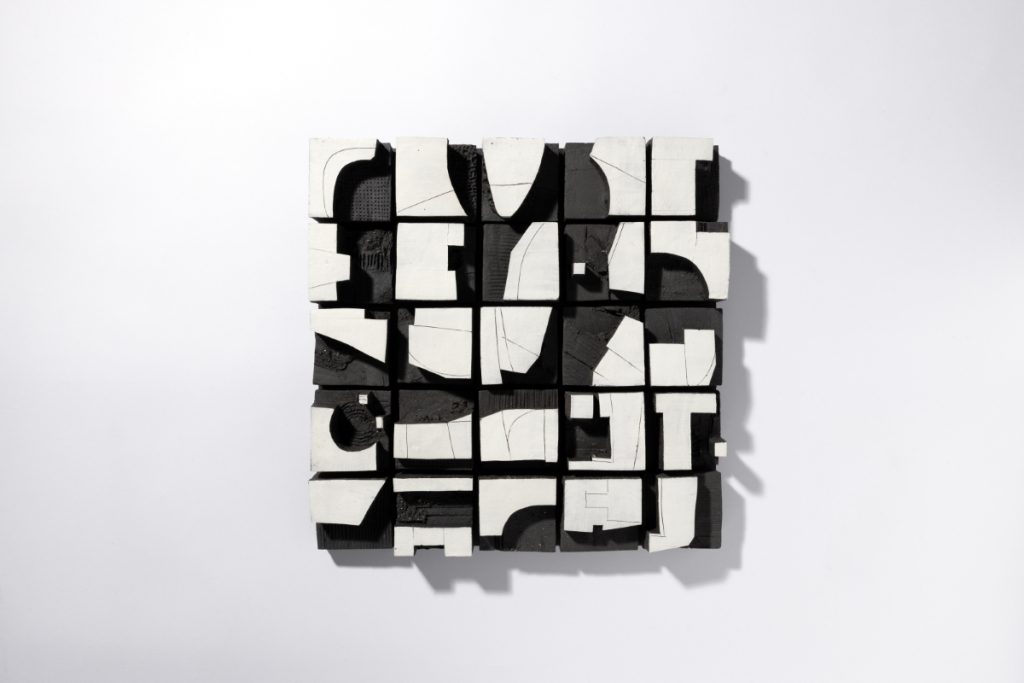
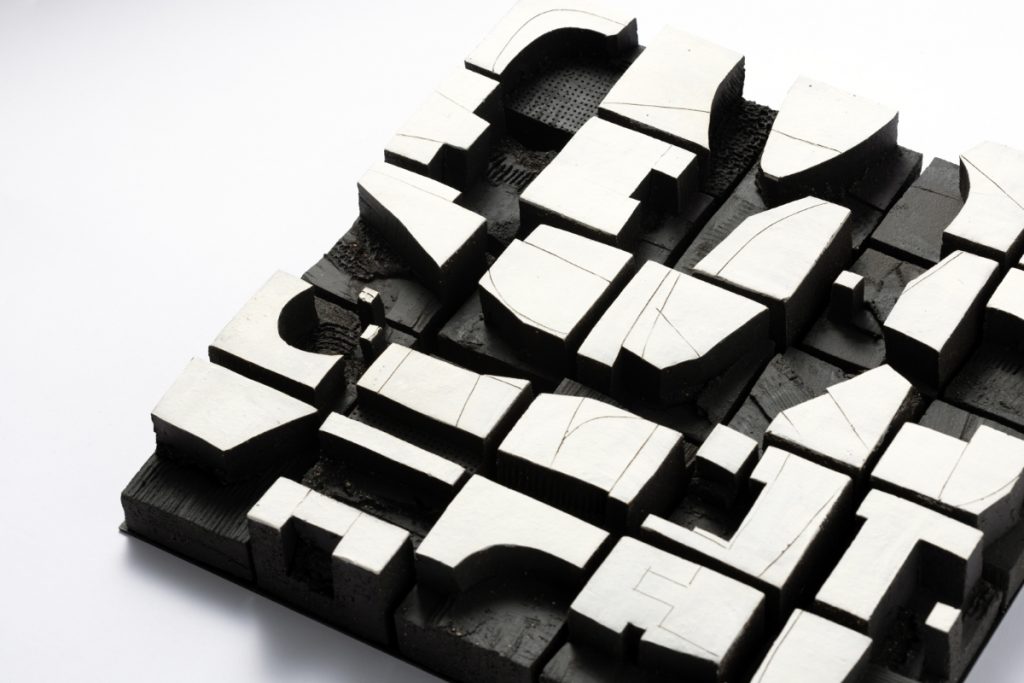
Inspired by Giambattista Nolli’s city maps, Nollini are reminiscent of empty swimming pools and archaeological digs of ancient cities; they reference bricks, blueprints and typeset printing blocks. The collection plays with scale, texture and pattern. It suggests movement through solid and void, positive and negative imprints and forgotten spaces.
Siluwetta, 2021
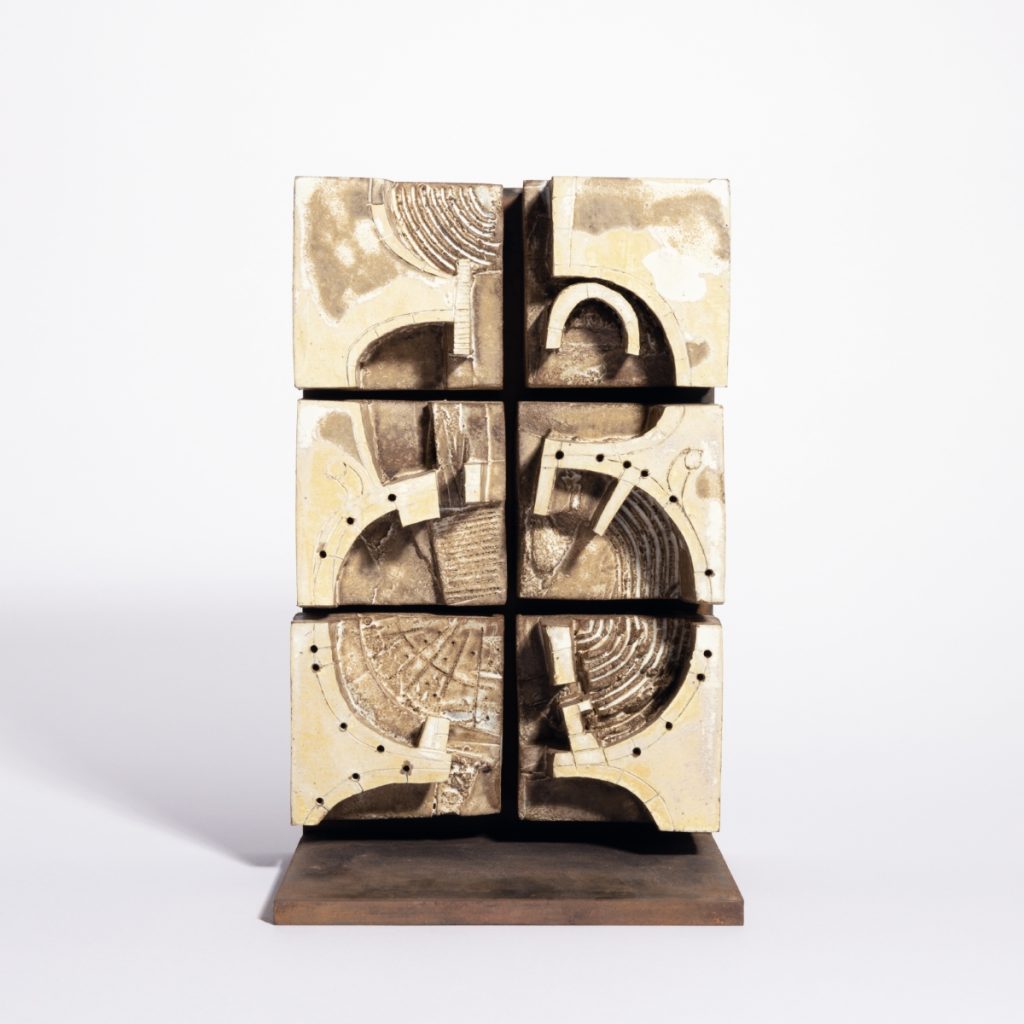
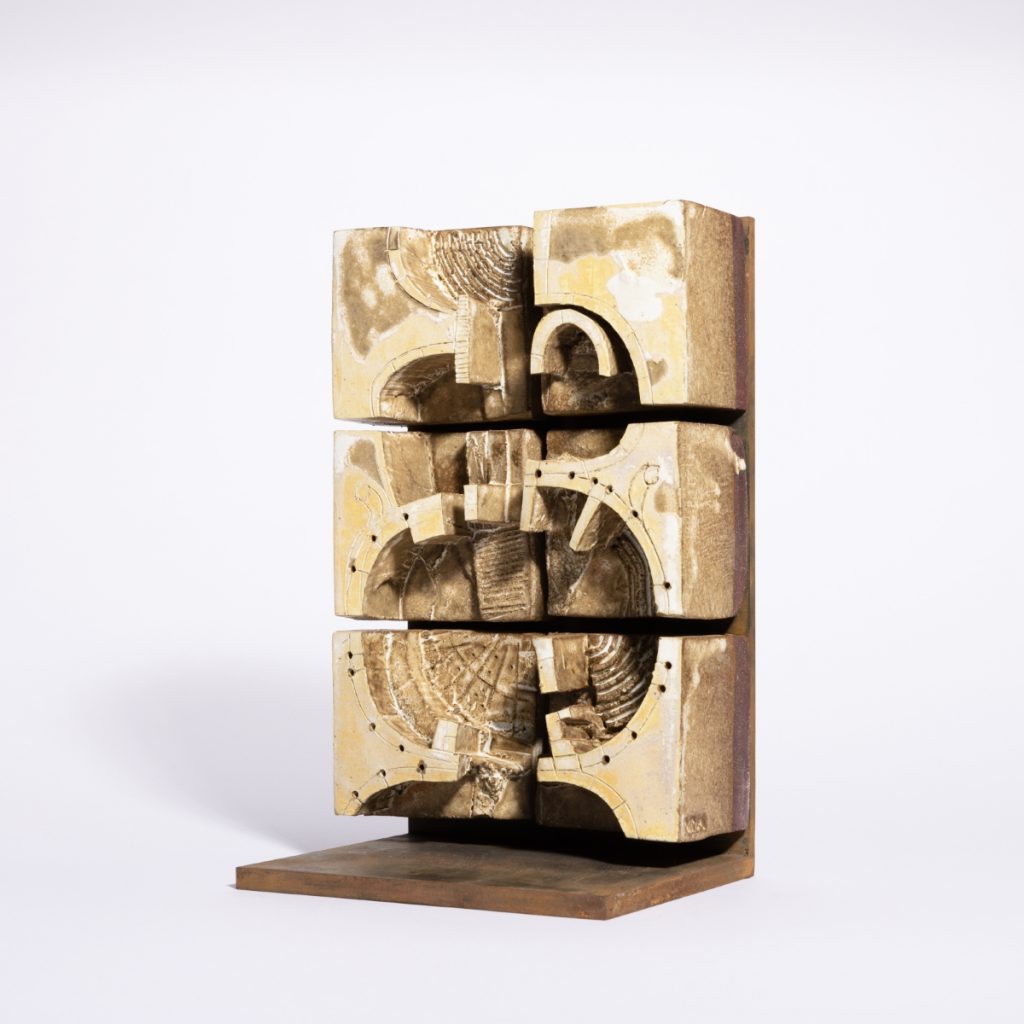
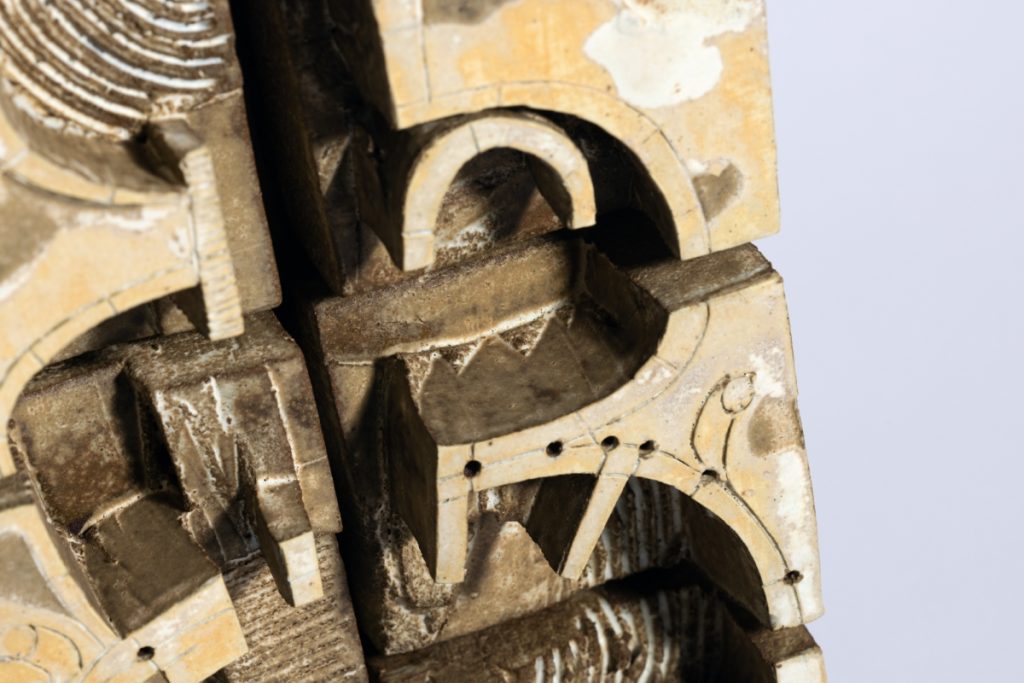
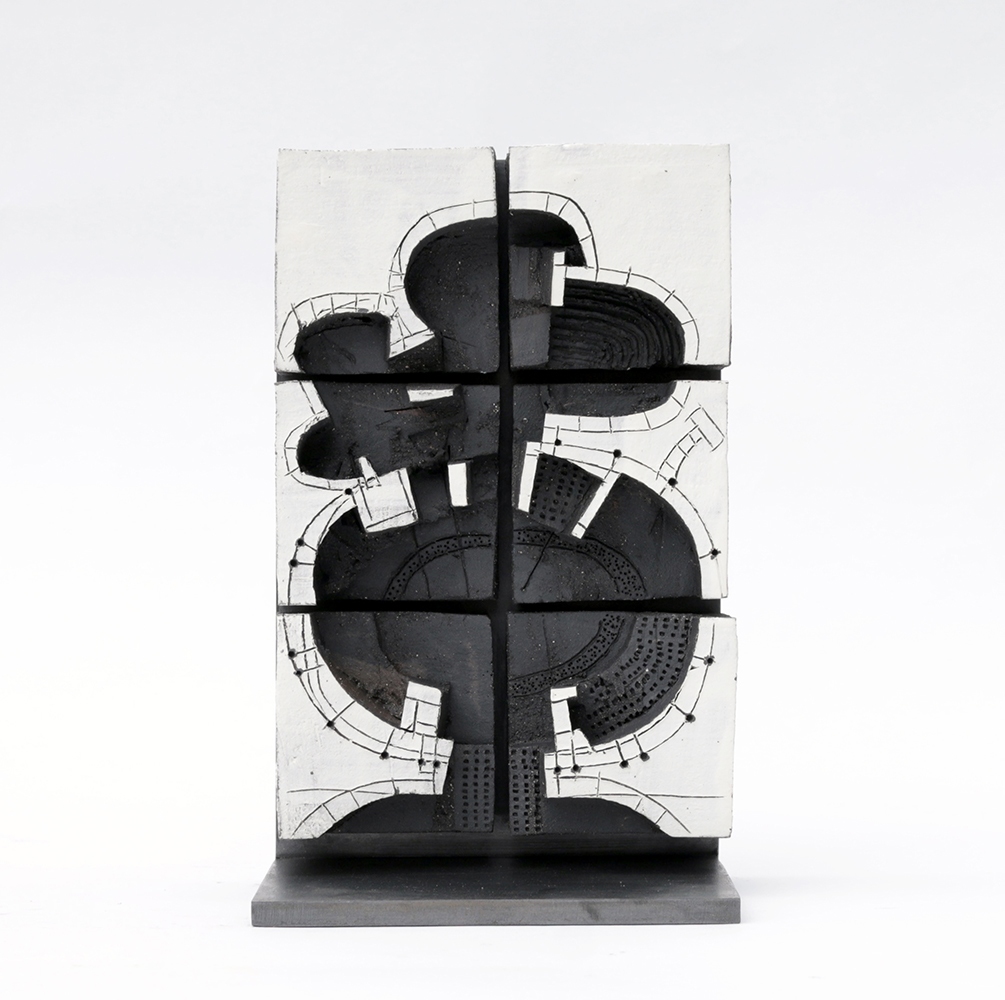
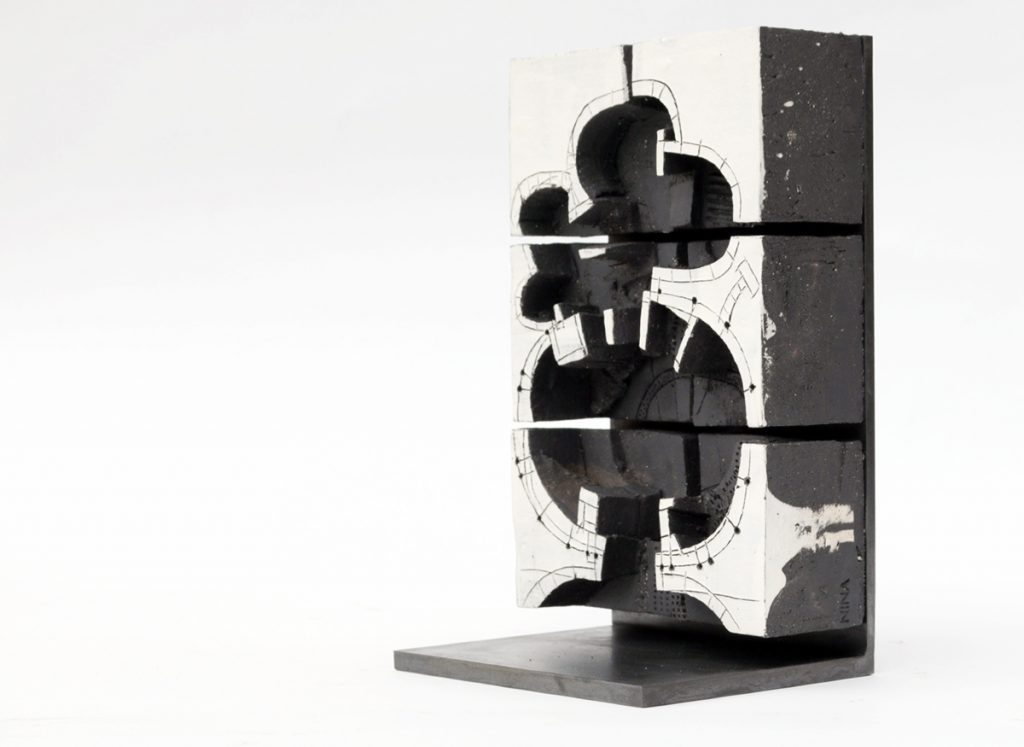
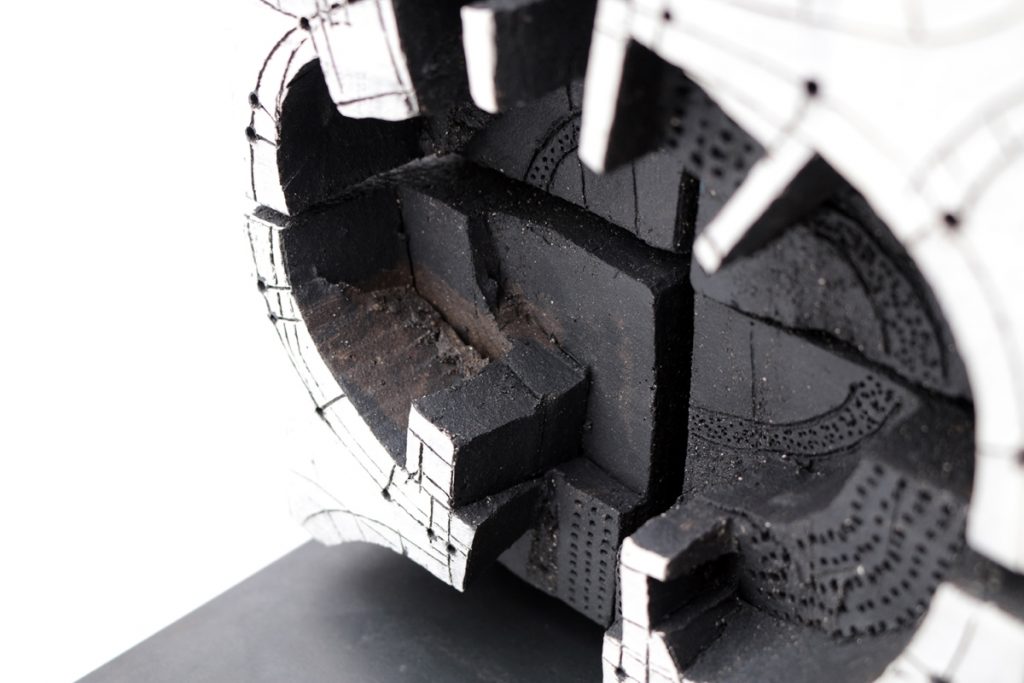
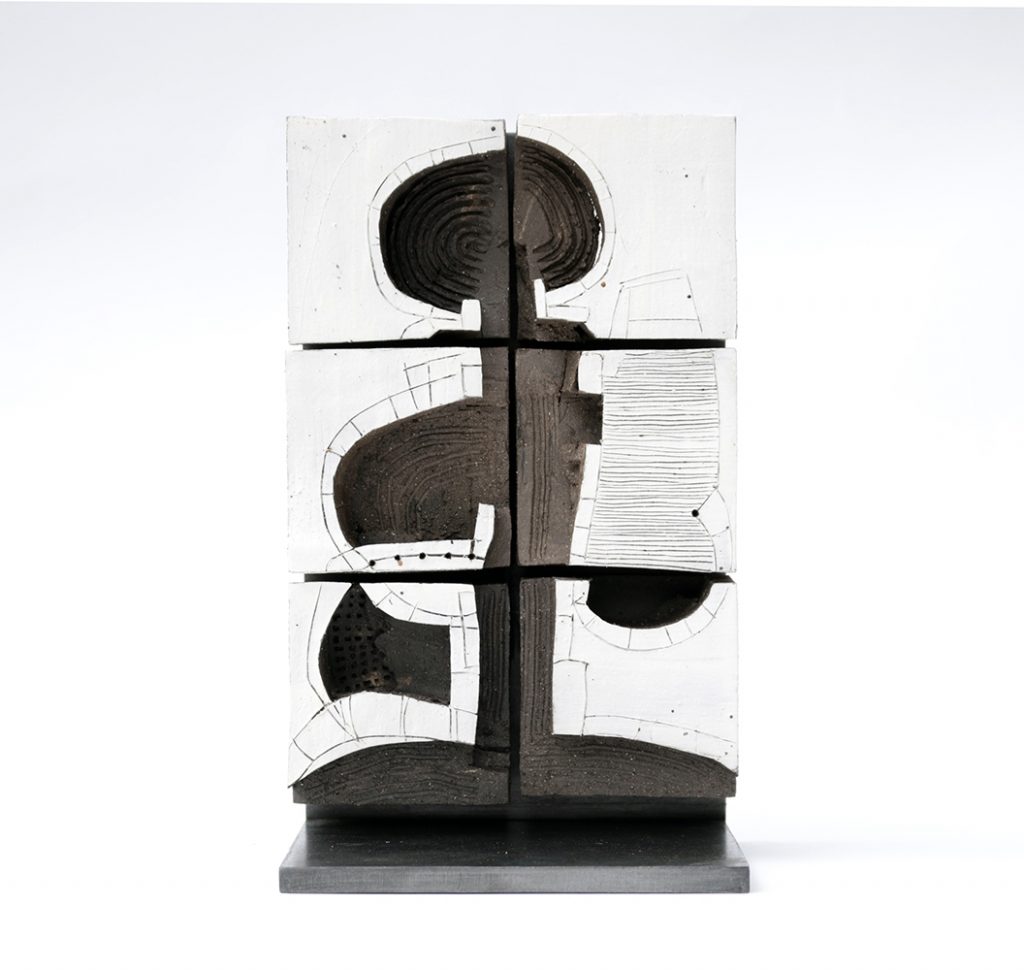
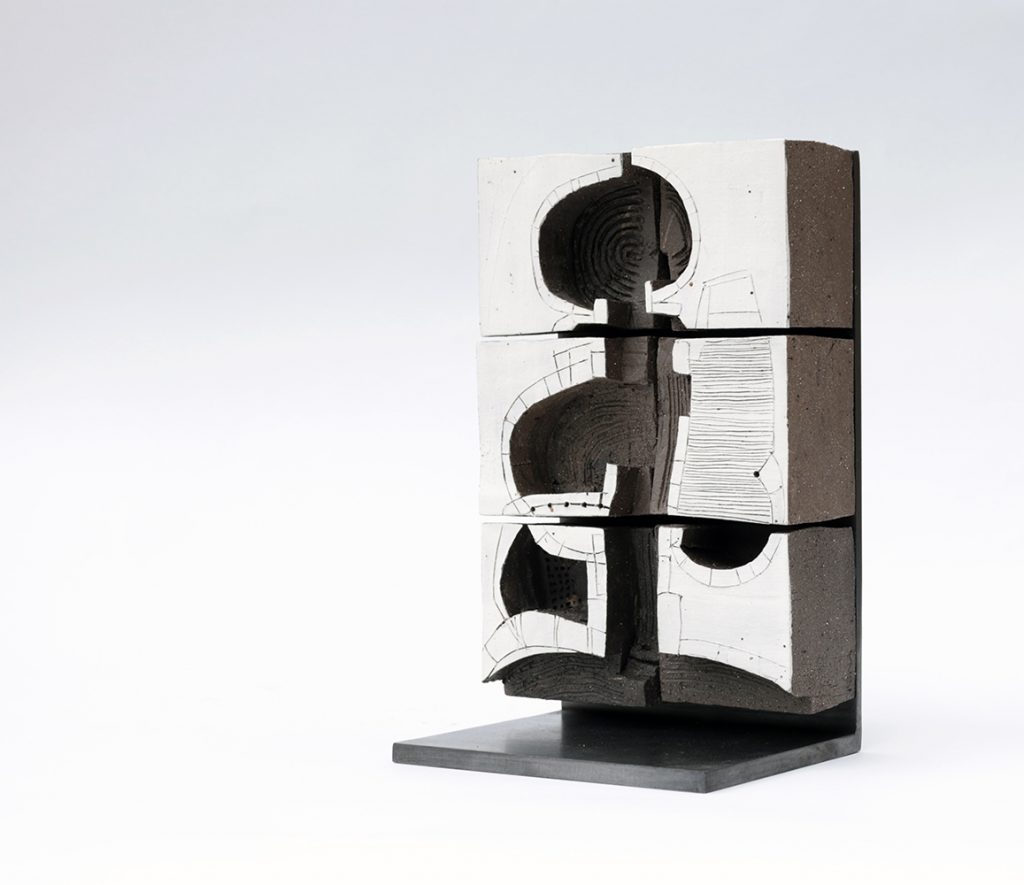
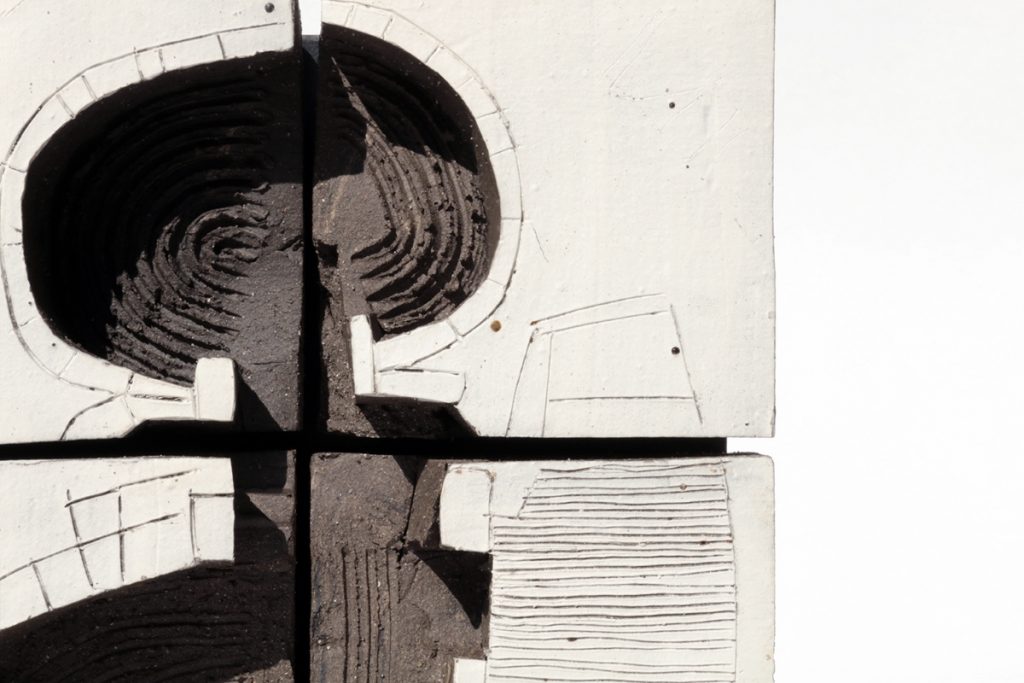
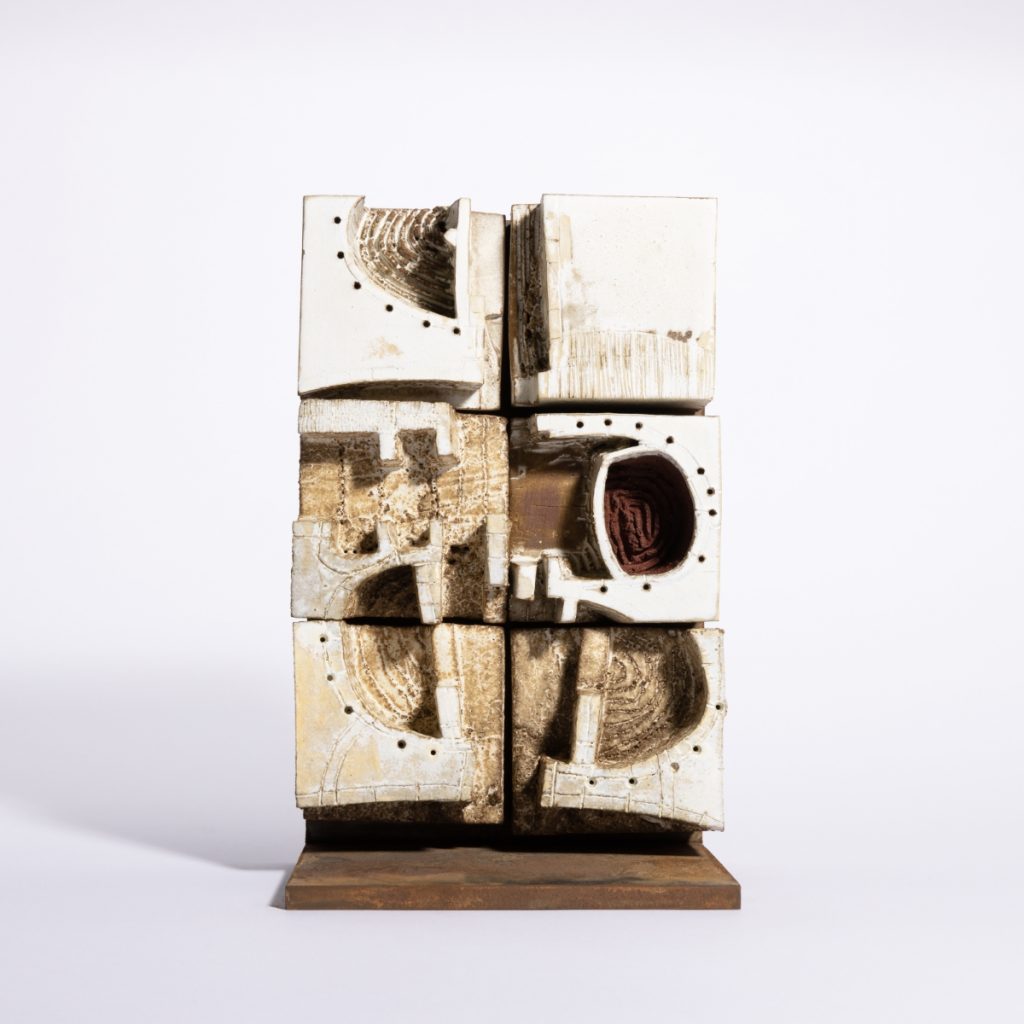
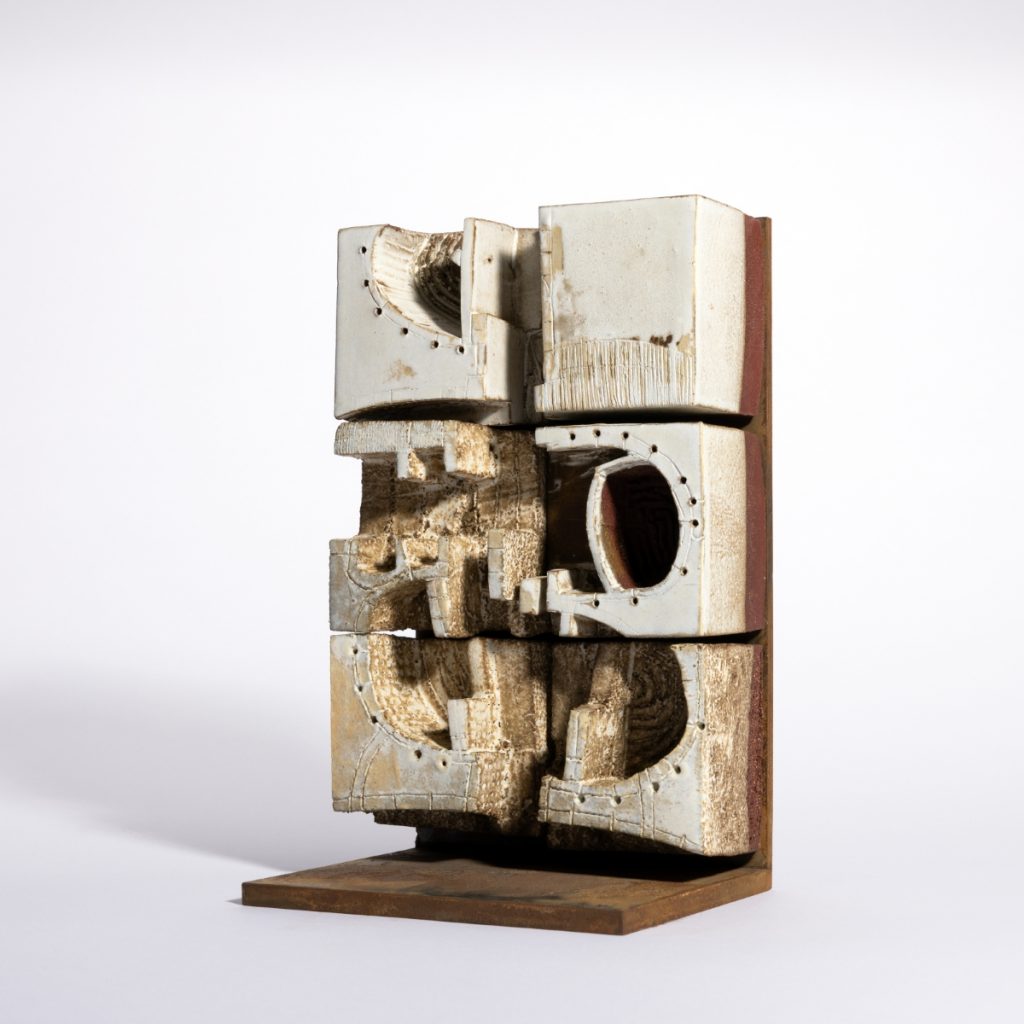
The Siluwetta sculptures explore bodies, spaces, containment and community. They are abstracted silhouettes of women containing wombs, hearts, breasts and birth canals. They also resemble interconnected spaces: courtyards, rooms, tombs. The pieces reference the Hagar Qim and Mnajdra Temples in Malta, one of the most ancient religious sites on earth (c.3600 BC), built by primitive people who venerated Mother Goddesses.
Goddesses, 2018
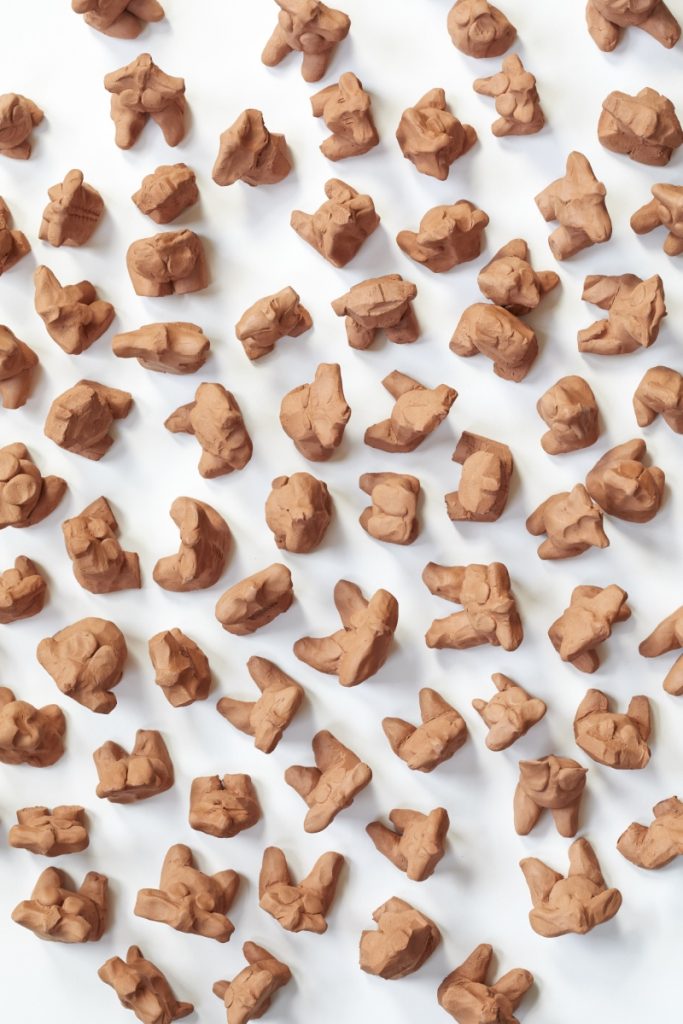
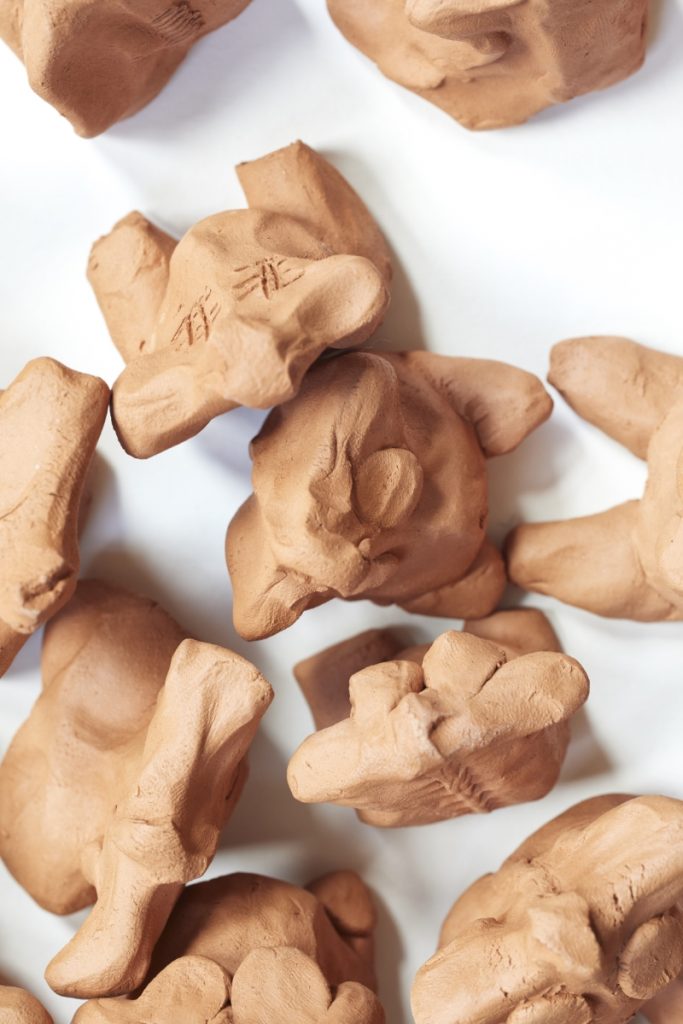
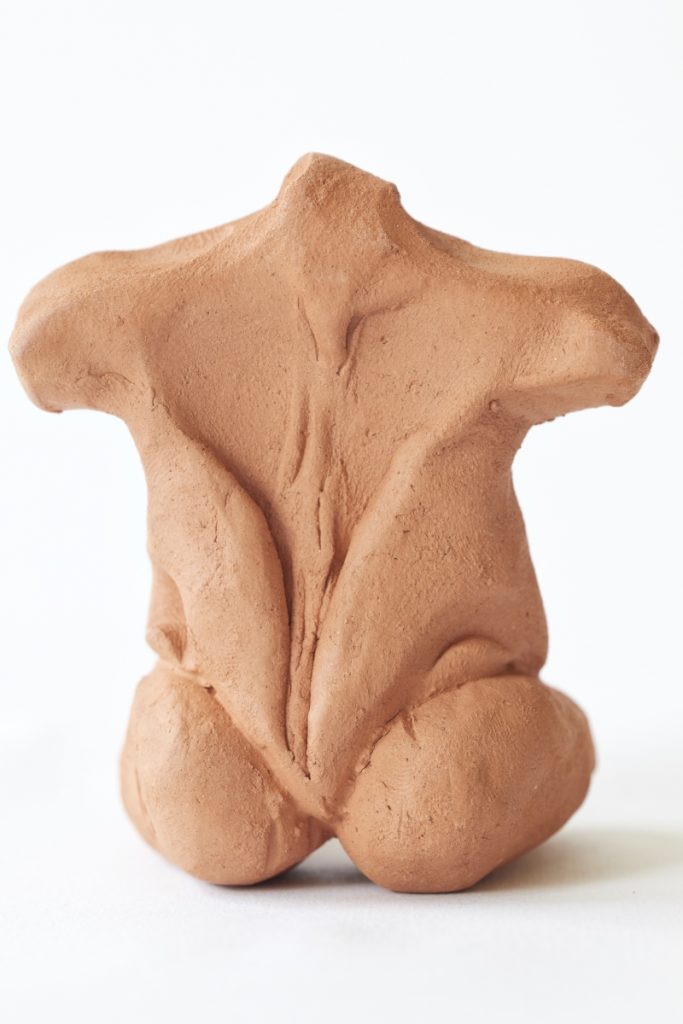
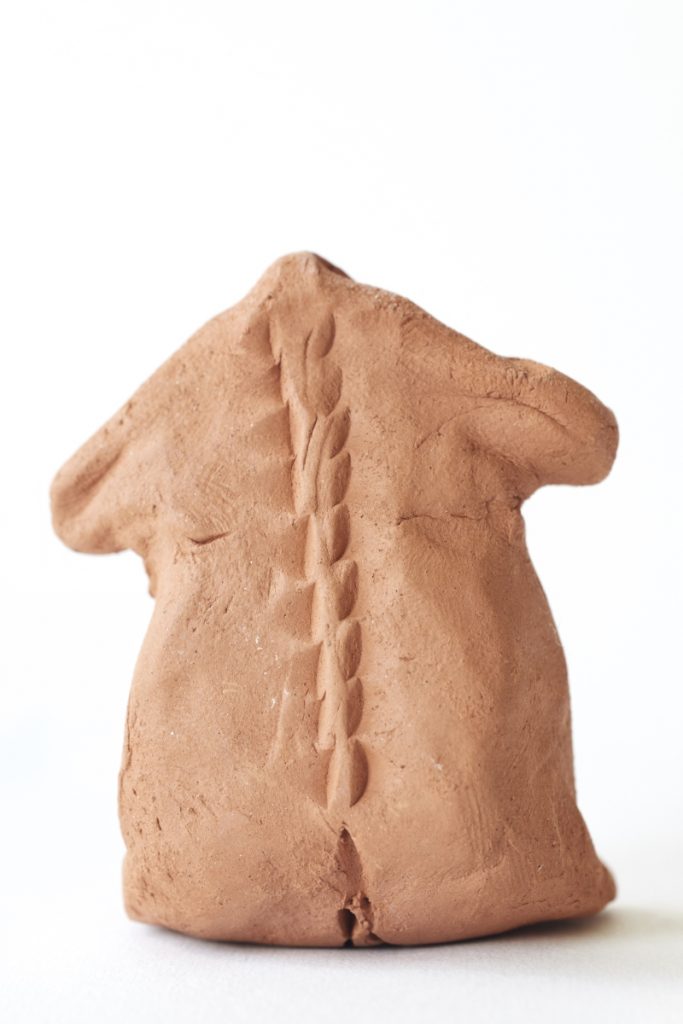
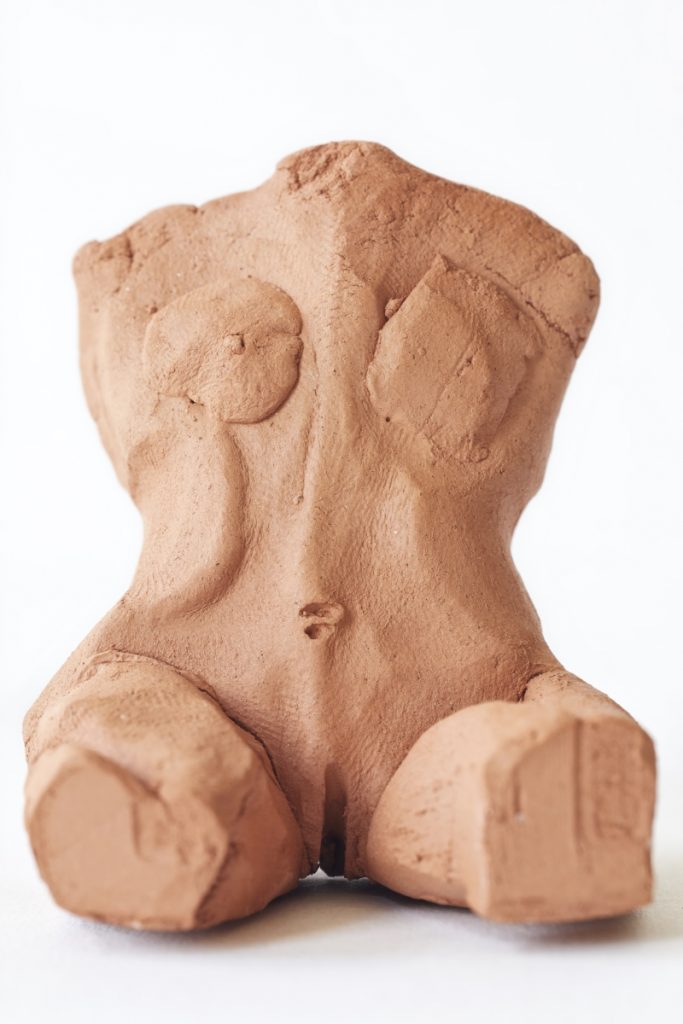
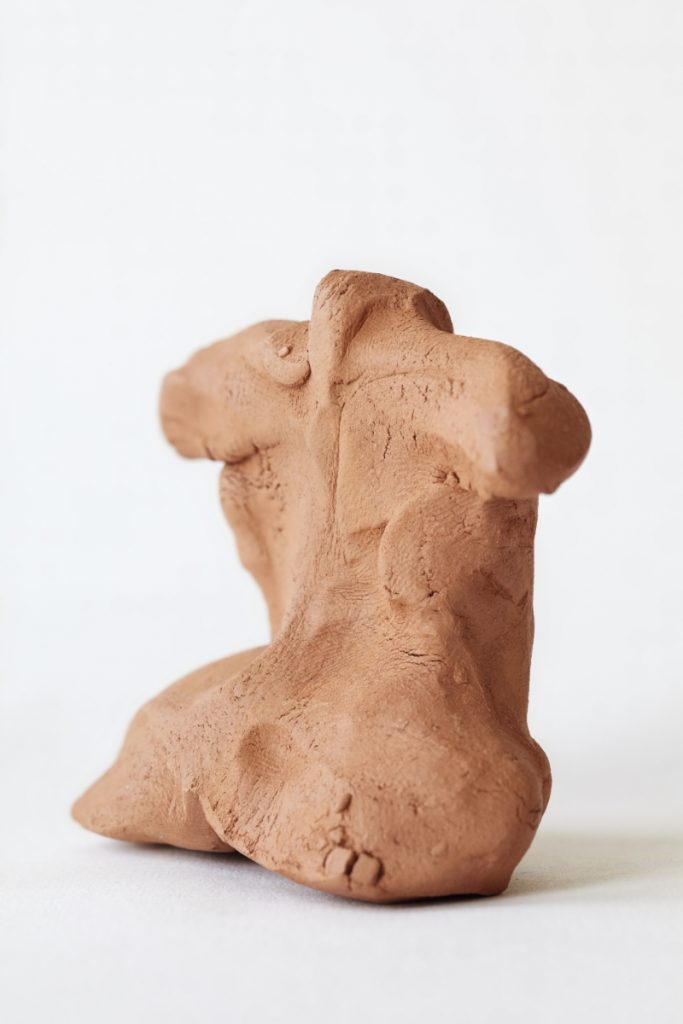
100 terracotta goddesses made over 3 days in a fast, meditative process.
They celebrate strength, imperfection, pain and scarring, transformation and ageing. Through them I reframe the narrative surrounding women’s bodies. Each one is pocket sized – and yet as a group they are powerful. Representing both the multitude of experiences we collect over a lifetime, and our strength as groups and support networks.
I use the goddesses as a conversation starter with other women. We sit with them and let play and conversation unfold. This ongoing process has led me to women of diverse backgrounds and experiences and has created a space for women to muse on their complex relationships with their bodies.
Photo captions
- Enclose, 2019, Ceramic and steel, H15 x W15 x D6cm. Photo credit: Andre Ainsworth.
Meet Me Here, 2019, Ceramic and steel, H31 x W31 x D6cm. Photo credit: Andre Ainsworth.
Bathe, 2022, Ceramic and steel, H24 x W14.5 x D11.5 cm, photo credit: Andre Ainsworth
Għadajjar (Rock Pools), Ceramic and steel, H38.5 x W38.5 x D6 cm. Photo credit: Andre Ainsworth
Roma, 2022, Ceramic and steel, H38.5 x W38.5 x D6 cm. Photo credit: Andre Ainsworth
Play, 2019, Ceramic and steel, H23 x W23 x D6 cm. Photo credit: Andre Ainsworth - Golden Goddess, 2021, Ceramic and steel, H24 x W14.5 x D11.5 cm. Photo credit: Andre Ainsworth
Siluwetta 1, 2021, Ceramic and steel, H24 x W14.5 x D11.5 cm.
Siluwetta 2, 2021, Ceramic and steel, H24 x W14.5 x D11.5 cm.
Siluwetta 3, 2021, Ceramic and steel, H24 x W14.5 x D11.5 cm. Photo credit: Andre Ainsworth - Goddesses, 2018, terracotta. 100 Goddesses each measuring approximately H3 x W2.5 D2.5cm Photo credit: Tamin Jones.



